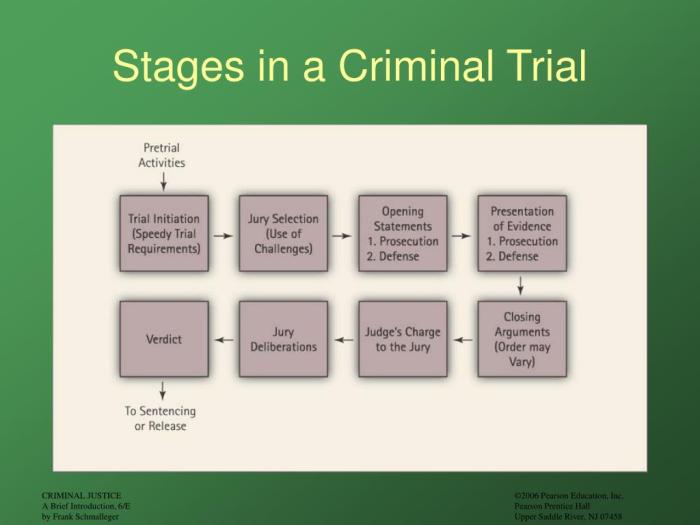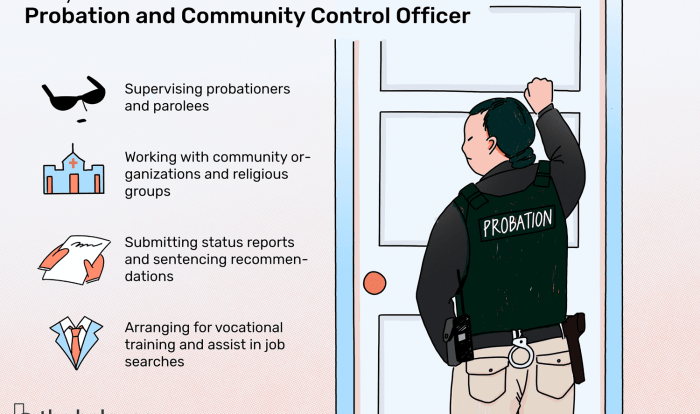Introduction to criminal justice systems diversity and change 4th edition – The fourth edition of “Introduction to Criminal Justice Systems Diversity and Change” offers a comprehensive exploration of the multifaceted nature of diversity and change within criminal justice systems. This seminal work delves into the historical and contemporary factors that have shaped the diversity of these systems, examining the various dimensions of diversity, including race, ethnicity, gender, sexual orientation, and socioeconomic status.
The book provides a thorough analysis of the major theoretical perspectives on diversity and change, explaining how they inform our understanding of the causes and consequences of these phenomena. It also examines the diversity of criminal justice institutions, such as police departments, courts, and correctional facilities, discussing the challenges and opportunities associated with promoting diversity and change within these institutions.
Introduction to Criminal Justice Systems Diversity and Change: Introduction To Criminal Justice Systems Diversity And Change 4th Edition

The criminal justice system is a complex and ever-changing institution. As society evolves, so too must the criminal justice system in order to remain effective and fair. One of the most important aspects of this evolution is the increasing diversity of the criminal justice system.
Diversity refers to the variety of characteristics that make up a population. In the criminal justice system, diversity can include race, ethnicity, gender, sexual orientation, socioeconomic status, and more. As the population of the United States becomes increasingly diverse, so too does the criminal justice system.
This diversity brings with it both challenges and opportunities.
Theoretical Perspectives on Diversity and Change
There are a number of theoretical perspectives that can be used to understand diversity and change in the criminal justice system. One perspective is the conflict perspective, which argues that diversity leads to conflict and inequality. Another perspective is the functionalist perspective, which argues that diversity can be beneficial to the criminal justice system by providing different perspectives and experiences.
Diversity and Change in Criminal Justice Institutions, Introduction to criminal justice systems diversity and change 4th edition
The diversity of the criminal justice system is reflected in the different institutions that make it up. Police departments, courts, and correctional facilities are all becoming more diverse, but there is still a long way to go. There are a number of challenges to promoting diversity and change in these institutions, including racism, sexism, and homophobia.
The Impact of Diversity and Change on Criminal Justice Outcomes
The diversity of the criminal justice system has a number of impacts on criminal justice outcomes. For example, research has shown that diversity can lead to increased trust between the police and the community, which can in turn lead to a decrease in crime.
Diversity can also lead to more just and fair outcomes in court, and to more effective rehabilitation programs in correctional facilities.
Strategies for Promoting Diversity and Change in Criminal Justice Systems
There are a number of strategies that can be used to promote diversity and change in criminal justice systems. These strategies include:
- Recruitment and hiring practices that focus on diversity.
- Training programs that teach about diversity and inclusion.
- Mentoring programs that connect diverse employees with experienced mentors.
- Community outreach programs that build relationships between the criminal justice system and the community.
By implementing these strategies, criminal justice systems can become more diverse and inclusive, which can lead to better outcomes for everyone.
Clarifying Questions
What is the purpose of studying diversity and change in criminal justice systems?
Studying diversity and change in criminal justice systems helps us understand the historical and contemporary factors that have shaped the diversity of these systems, the different dimensions of diversity within them, and the impact of diversity and change on criminal justice outcomes.
What are the major theoretical perspectives on diversity and change in criminal justice systems?
The major theoretical perspectives on diversity and change in criminal justice systems include conflict theory, symbolic interactionism, and rational choice theory.
What are the challenges and opportunities associated with promoting diversity and change within criminal justice institutions?
The challenges associated with promoting diversity and change within criminal justice institutions include resistance to change, lack of resources, and institutional culture. The opportunities include improved decision-making, increased legitimacy, and enhanced public trust.

